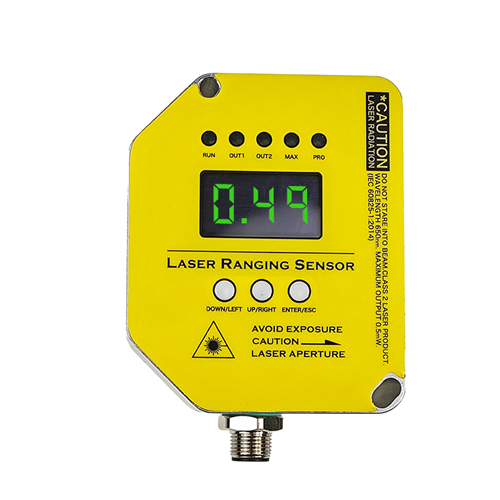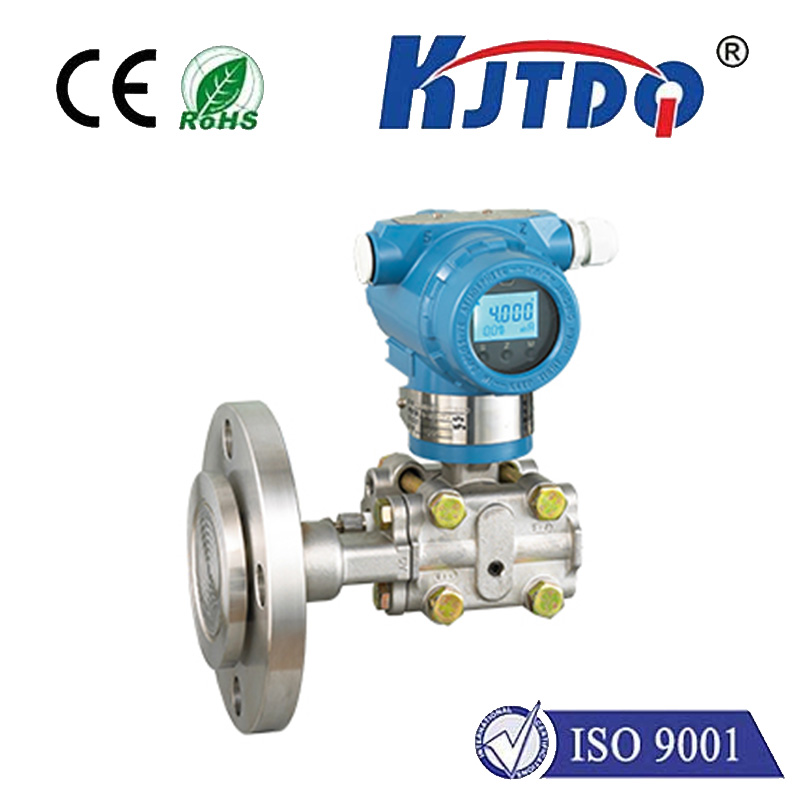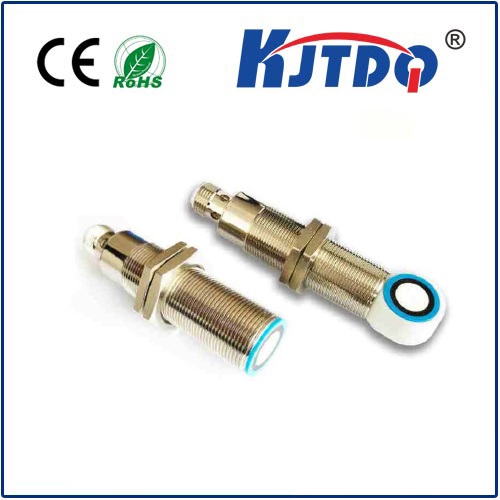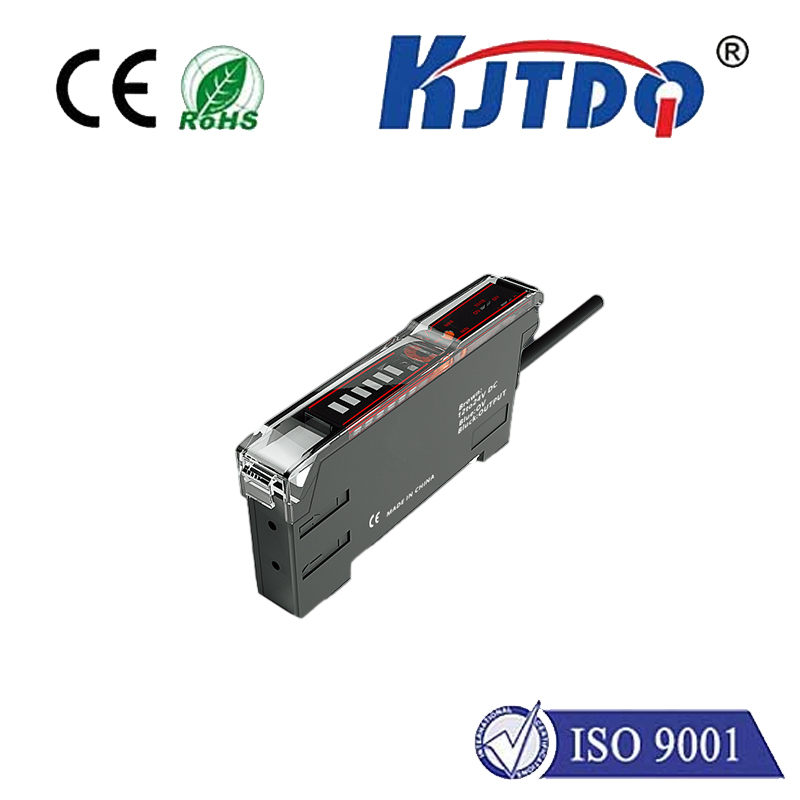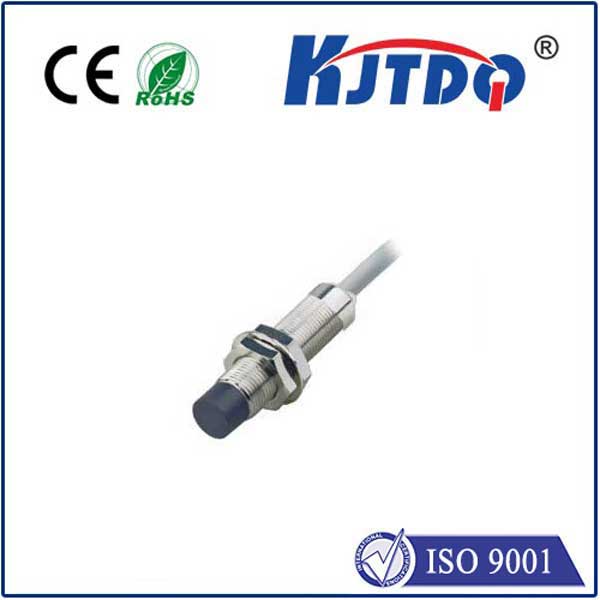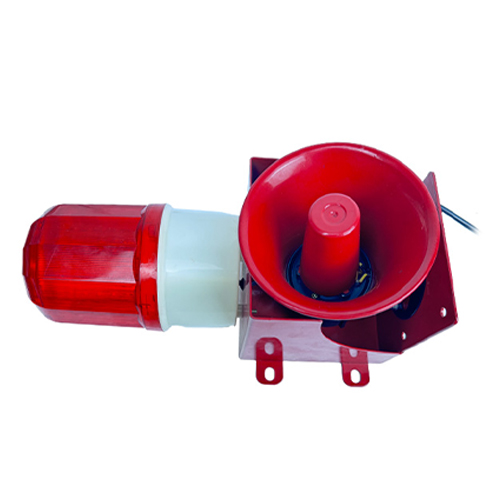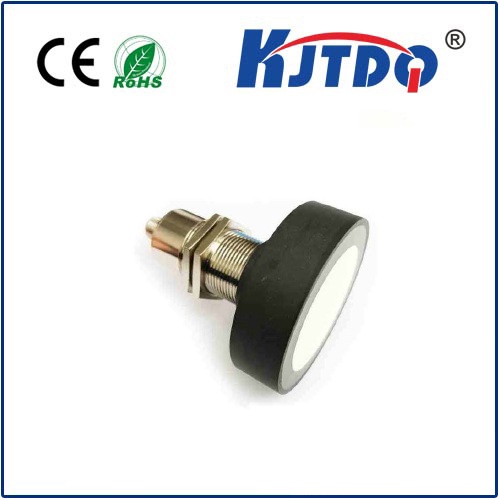

check

check

check

check

Title: The Importance of High Temperature Proximity Sensors In today’s world, technology has advanced to a level where safety and efficiency are paramount. This is especially true in industries that involve high temperatures, such as metalworking, glass manufacturing, and even cooking. In these environments, it is crucial to have devices that can accurately detect temperature changes and maintain safe distances from heat sources. This is where high temperature proximity sensors come into play. High temperature proximity sensors are devices that use infrared technology to measure the surface temperature of an object without making physical contact. They work by emitting an infrared beam that bounces off the target object and returns to the sensor. The time it takes for the beam to return is then converted into a temperature reading. These sensors are capable of withstanding extreme temperatures, making them ideal for use in industrial settings. One of the key benefits of high temperature proximity sensors is their ability to provide real-time temperature readings. This allows operators to monitor the temperature of their equipment and make adjustments as needed to ensure optimal performance and safety. For example, in a metalworking facility, a high temperature proximity sensor can be used to monitor the temperature of a furnace or welding torch, allowing the operator to adjust the heat output to prevent overheating or fires. Another advantage of high temperature proximity sensors is their accuracy. Unlike traditional thermometers, which rely on physical contact with the object being measured, high temperature proximity sensors do not require direct contact. This eliminates the risk of contamination or damage to delicate components. Additionally,因为这些传感器 are不受周围环境的影响(如湿度、气流等),所以它们可以提供更准确的温度读数。 High temperature proximity sensors also offer increased safety in hazardous environments. Because they do not require physical contact with the object being measured, they eliminate the risk of burns or other injuries that can occur when handling hot materials. This makes them ideal for use in industries where worker safety is a top priority. In addition to their practical applications, high temperature proximity sensors have aesthetic appeal as well. Their sleek design and modern technology make them an attractive addition to any industrial setting. They are available in a variety of sizes and configurations, allowing them to be customized to meet the specific needs of each application. In conclusion, high temperature proximity sensors are an essential tool for industries that involve high temperatures. Their ability to provide real-time temperature readings, accuracy, increased safety, and aesthetic appeal make them a valuable asset for any business. As technology continues to advance, it is likely that these sensors will become even more prevalent in a variety of industries and applications.

